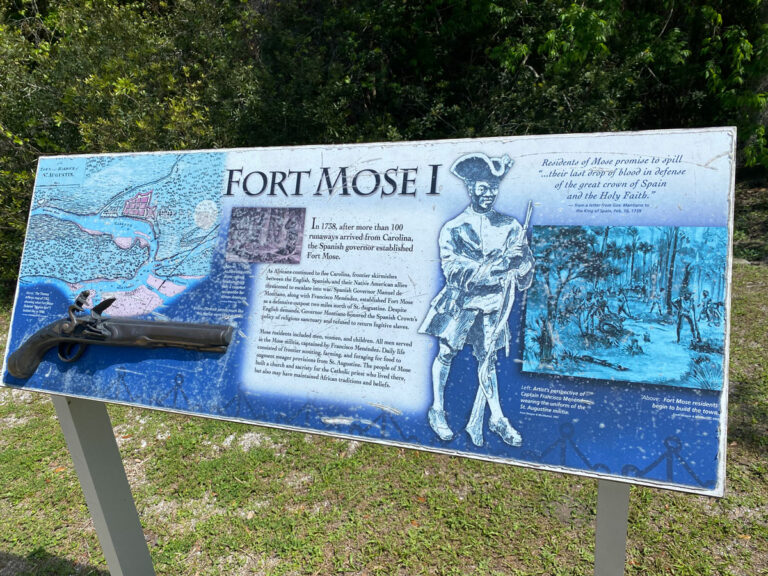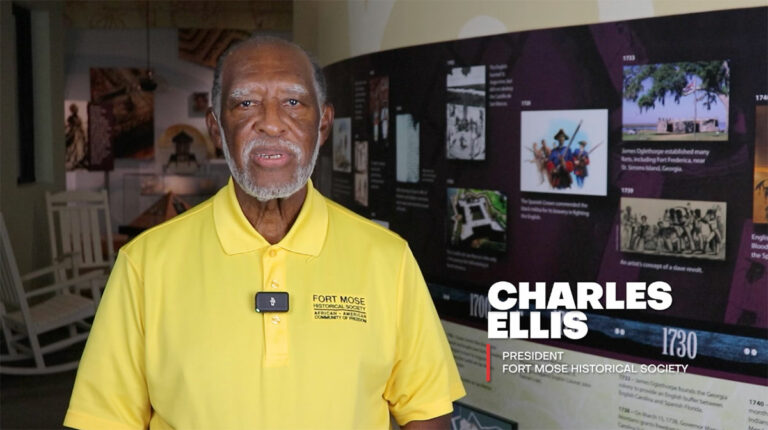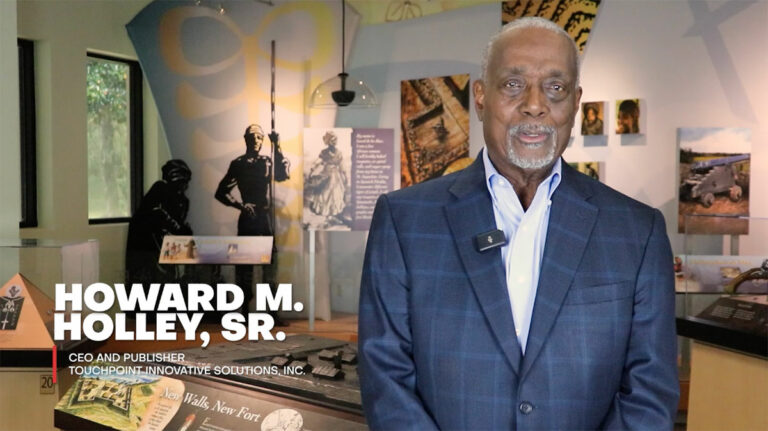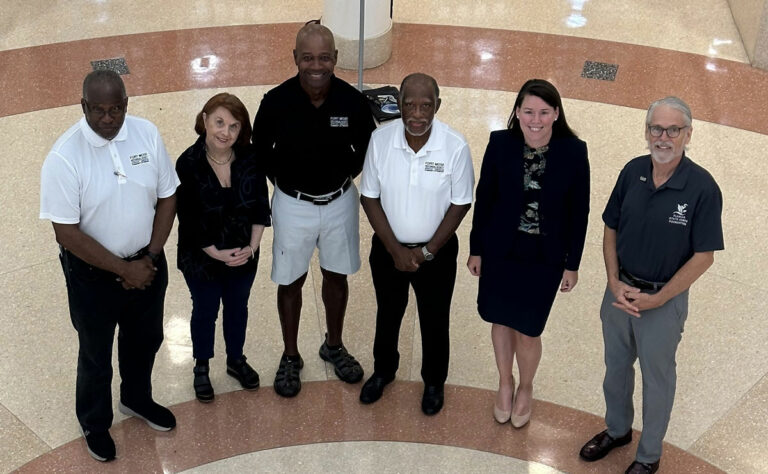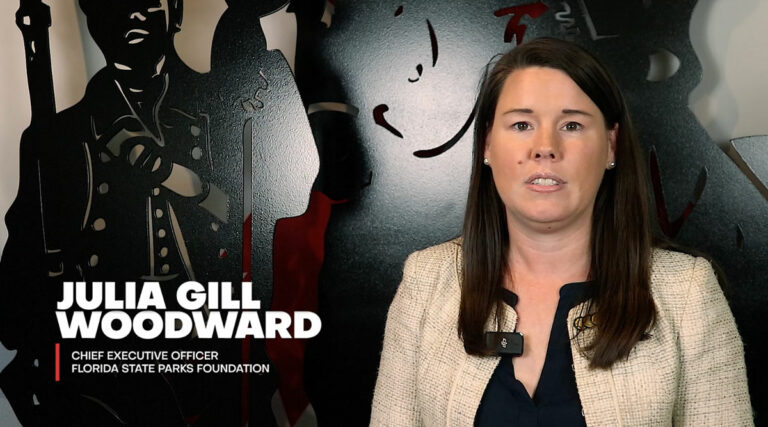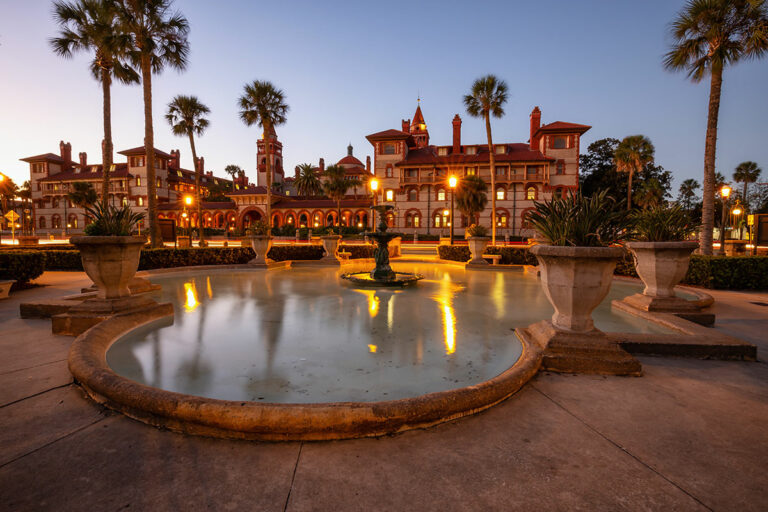Reconstructing the Past at Fort Mose Historic State Park
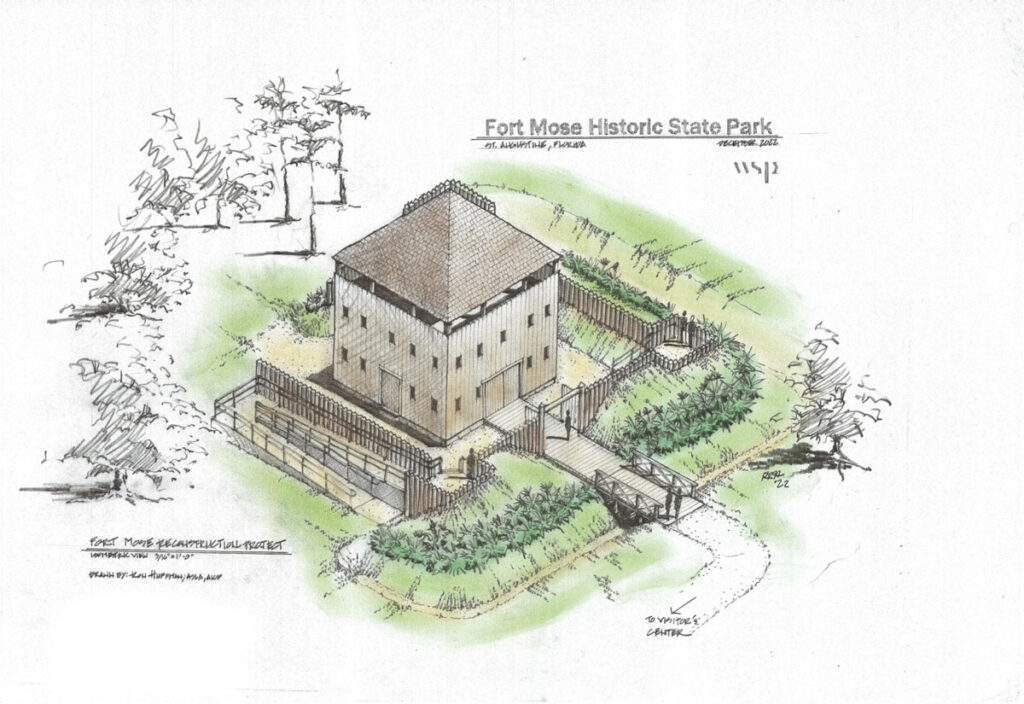
How do you build a replica of an 18th-century fort with no historical plans or detailed descriptions? With a lot of research and a sense of history.
According to a Florida Park Service report on the Fort Mose reconstruction project, “Since no exact description of the original fort survives, this structure is not an exact replica. Rather, it shall serve as an interpretative aid for visitors and re-enactors to better understand this period of history and to engage with the story of the free black community at Fort Mose.”
The edifice will be a 2,500-square-foot structure “built in the style of an 18th-century Spanish colonial outpost,” according to the Office of Park Planning 2022 amendment. The design is “inspired by the original 1738 Fort Mose and akin to other outposts built by the Spanish across northeastern Florida during that time.”
According to information from the Florida Department of Environmental Protection, the Fort Mose reconstruction project was developed based on the historical information available and the input of key historical experts.
“The reconstruction of Fort Mose is an interpretation of the forts that previously existed in the area in the 1700s,” the agency said.
To build the structure, a private engineering company was hired “to use the inferred historical framework to develop the plans for this construction project. Interpretation of the original fort(s) includes wood palisades, wooden walls and ceilings and dirt flooring,” the DEP said. “To create a more enduring structure, concrete designed to carry the appearance of wood and dirt will be used in many locations.”
The plan to reconstruct the original fort was not the only concept considered for the Fort Mose project. One option that was rejected was superimposed etched-glass imaging that showed a likeness of the fort. Because of the activities at Fort Mose Historic State Park, including historical re-enactments and other events, state planners decided “a physically occupiable interpretative space was deemed more ideal than two-dimensional imagery.”
The proposed design of the reconstructed fort includes the strategic placement of gaps in the bastion wall surrounding the structure to give park visitors a clearer view of re-enactments and other events at the site. In addition, the gaps are designed to serve as “snapshots in time,” according to the planning document, “mimicking damage sustained during the siege by the British” and providing interpretative resources for telling the Fort Mose story.
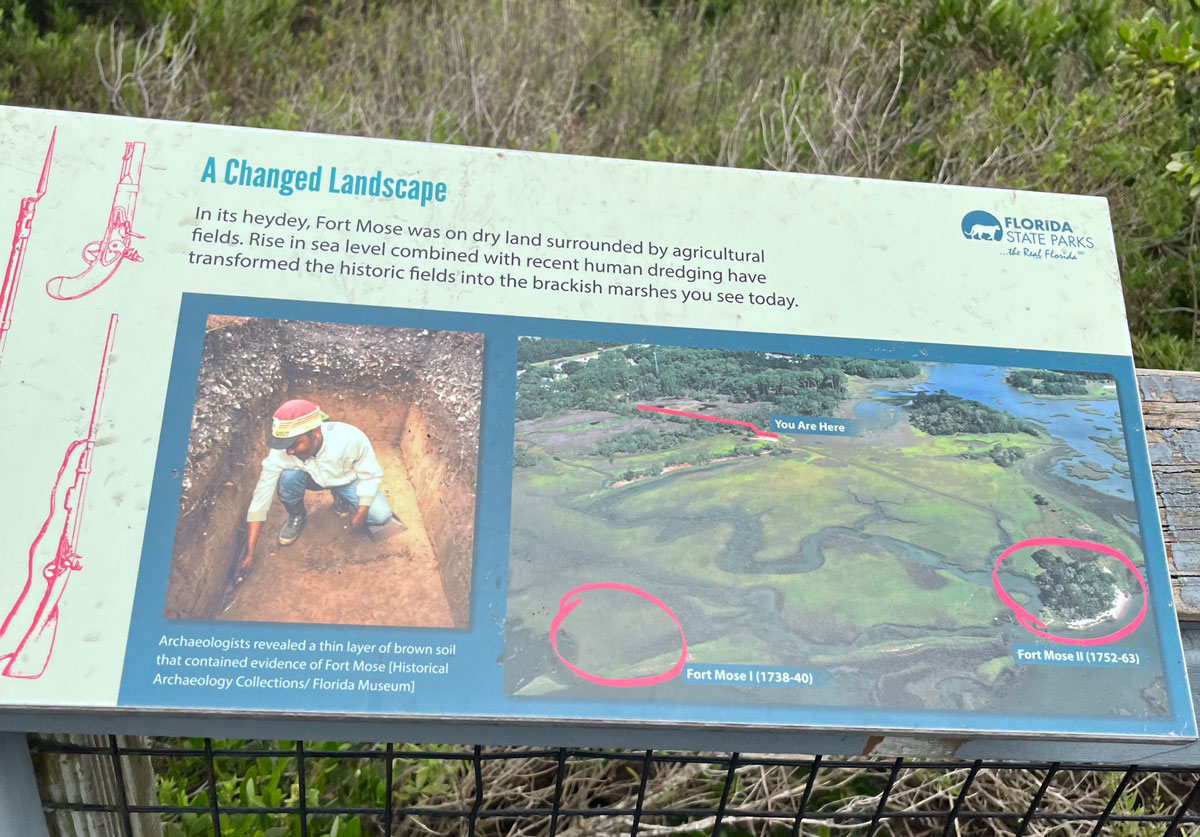
The plans also call for interior and exterior spaces in the reconstructed fort appropriate for interpretative activities and display of supplemental materials with storage space designed to complement the historical aesthetic of the site. The reconstructed fort will also be ADA-compliant.
The planning document also included an examination of the potential impact the reconstruction project would have on the park grounds to ensure construction would not affect archaeologically sensitive areas.
“The structure’s footprint lies within a 1.33-acre site of previous disturbance and development not classified as any natural community recognized by the Florida Natural Areas Inventory,” the report said. “This developed area is adjacent to maritime hammock and salt marsh. Given the disturbed character of the vegetation present at the proposed site, no negative impact to natural communities is foreseen.”
Groundbreaking for the reconstruction is scheduled to take place in 2024.
“In conjunction with the Florida State Parks Foundation, the Florida Department of Environmental Protection’s Division of Recreation and Parks hopes to create a unique and timeless park that illustrates and educates visitors about our state’s cultural history while mixing in authentic charm,” the DEP said.

